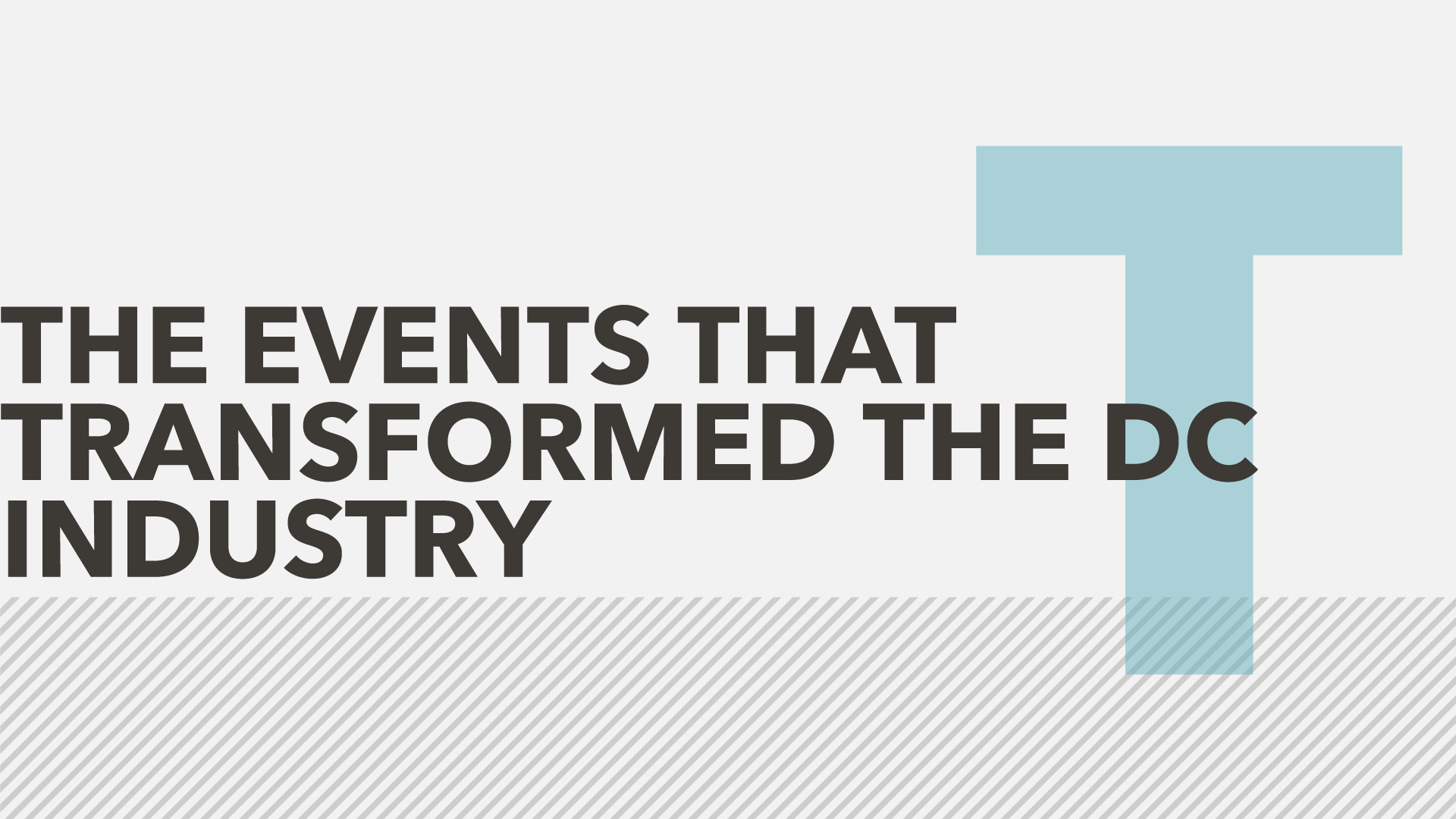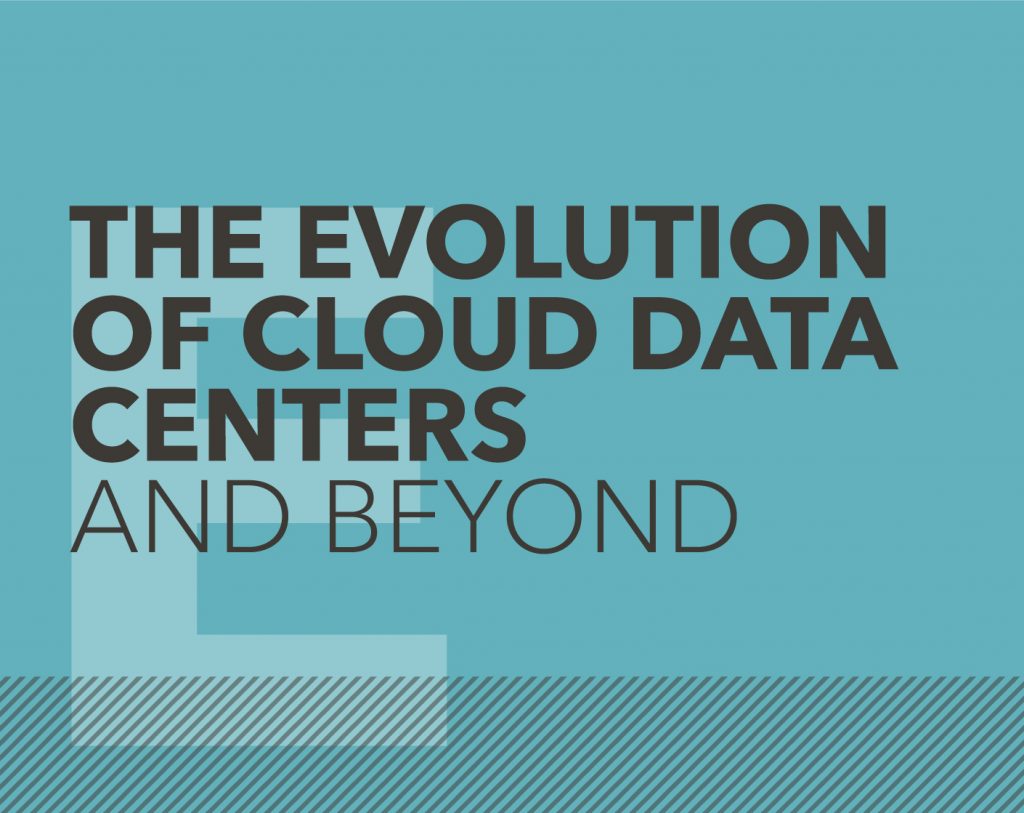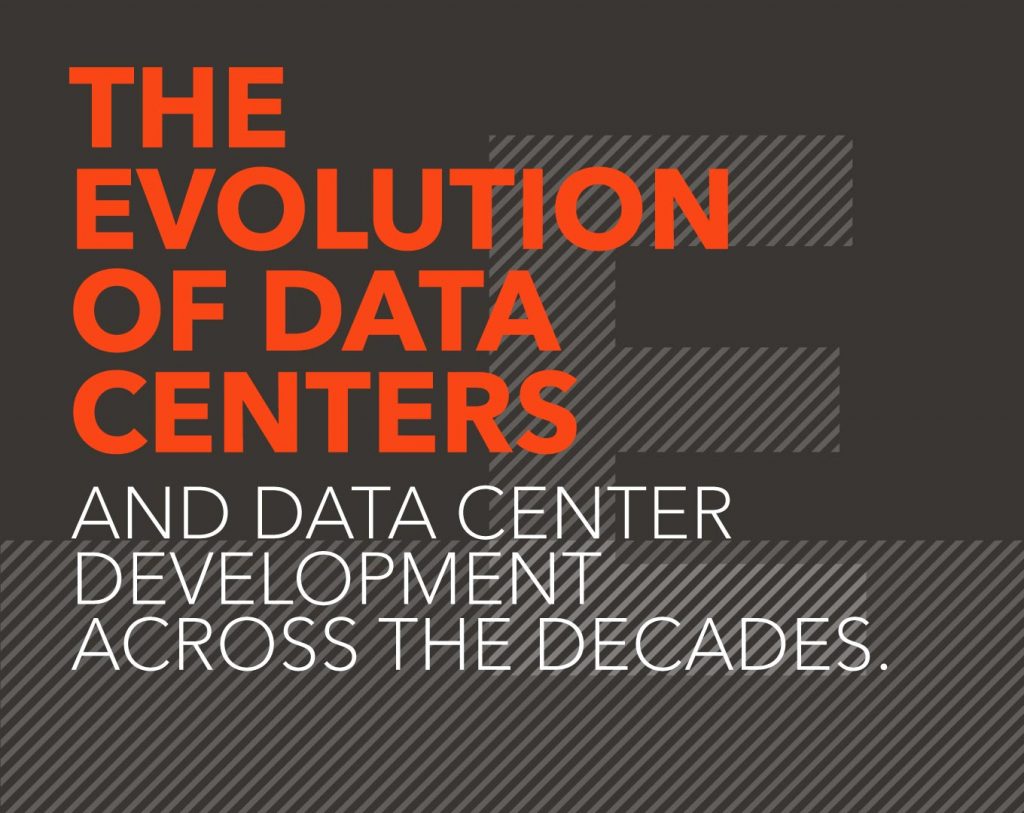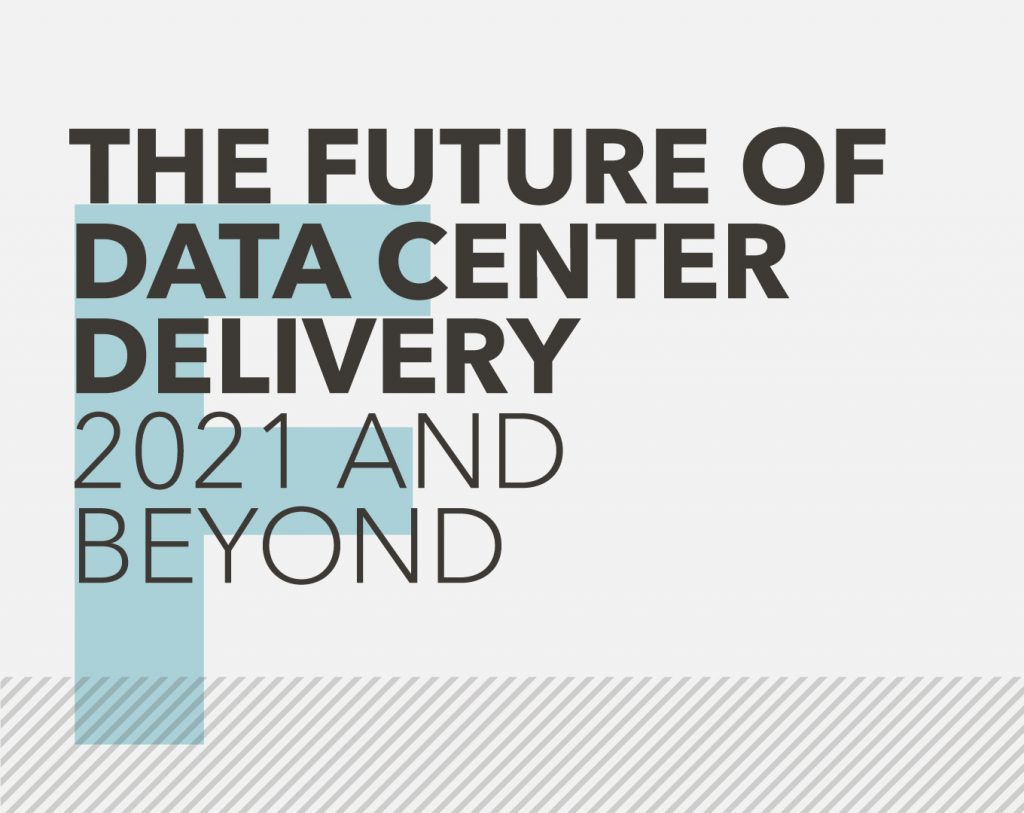The events that transformed the DC industry
By: Dave Hyatt

At the beginning of the century, data storage was an analogue affair. Photo albums contained precious memories, a ringbinder held monthly bank statements, and when the boss asked you to share a document with him, you’d navigate to the office filing cabinet for a paper copy.
In 2013 we produced 4.4 zettabytes of data every day. By 2025, this number will skyrocket to 463 exabytes. This puts enormous pressure on data center infrastructure, and client demands for capacity are only increasing.
Once upon a time it was individual companies who needed to store huge amounts of data, but that’s no longer the case; general life admin and small daily tasks are becoming more reliant on the cloud. Every minute spent streaming Netflix, cajoling Alexa, or facetiming a friend uses cloud capacity; it’s not just the data produced in the office that requires storage.
I joined the industry back in 2012, and looking back, there are a few key moments that sparked a change in the way we live our lives.
The first revolutionaries
In the early to mid 2000s banks and financial institutions began storing their data offsite, switching from paper to digital, and saving information in the cloud. As offsite storage alleviated this storage burden and protected confidentiality, tech companies identified the value of distributed data storage too.
The first event I remember shaking up clients’ requirements was the introduction of G Suite in 2006. Applications shifted from desktop storage to the cloud, as we embraced faster sharing and seamless collaboration capabilities. It symbolised the beginning of a data-centric ecosystem. Suddenly, it wasn’t just professional institutions using the cloud; your local insurance company, estate agent, and sales office were storing and sharing their information online.
This was a real game changer. We moved from individual institutions and larger companies demanding cloud capacity, to entire industries being fully dependent on it. Over the last few years, popular social media platforms and viral content have individually applied pressure on data capacity.
Whether it’s the Gangnam style music video racking up millions of views, Pokemon Go driving users to local parks, or teens flocking to TikTok, our clients need cloud capacity at their fingertips for the next big trend.
And regardless of viral content, demand continues, with client requirements evolving as more parts of our lives become connected to data. So the question is, what will be the next Gsuite, and how can we prepare?
The three pressures on DC cloud capacity
Typically, cloud capacity is dominated by three drivers.
Financial use
This data includes bank details, monthly statements, and transactions that need to be completed in microseconds. Speed is crucial for financial interactions, which means they place extreme pressure on data center capacity. In recent years, cloud storage criteria has increased as a result of online and mobile banking, with 21% of us now checking our mobile banking apps daily.
Government use
When it comes to accessing funding, welfare schemes, or employment information, the national government website is often the first port of call. And usage tends to spike during national policy changes and announcements. In 2020, millions of UK residents viewed the landing page which dictated each lockdown tier – it crashed almost immediately.
Domestic use
When Marty Mcfly traveled to the year 2015, we marvelled at the thought of biometrics in the home, video calls on giant screens, and self-tying shoelaces. And many of these predictions came true. Streaming TV series’, online gaming, and facetime calls drain data center capacity on an unprecedented scale. Not to mention the uptick in remote working and domestic IoT appliances.
Looking to the future, driverless cars and remote working are the biggest technological developments on the horizon, and will almost certainly increase capacity needs. Let’s start with the first one.
Future demands on data centers
The higher the configuration of driverless cars is, the higher the concentration of data they produce. Which means towns and cities will need the physical infrastructure to manage it. Data capacity requirements are closely tied to the population of cars; a rural village may see 100 cars a day, but Trafalgar square will likely see 100 cars a minute.. If these individuals switch to driverless cars, the population of data centers in that area will need to increase too. Speed to market will be even more crucial as driverless cars gain popularity.
And while working from home lacks the glamour of a shiny new Tesla, an increasing number of people are embracing the home office. During 2020, employees became accustomed to the perks and pitfalls of working remotely, and it’s likely they’ll continue to split their time between the office and the home. Over the past few years, the uptick in automation of manual tasks has seen an increase in the data we create in our homes. Individual IoT gadgets may seem insignificant on their own, but when you consider the web of devices throughout the home, this picture becomes more complex.
At the beginning of the millenium, individual companies stole the limelight when it came to cloud computing. Digital transformation rocked our industry, and we had to adapt and upgrade quickly. The future looks a little different. While the next TikTok is almost certainly in development, gradual changes to the way we live, from Ring doorbells to robotic factory lines, are going to dominate cloud storage. As time goes on, we’ll see data hotspots expand and interlink to form global webs of data.



